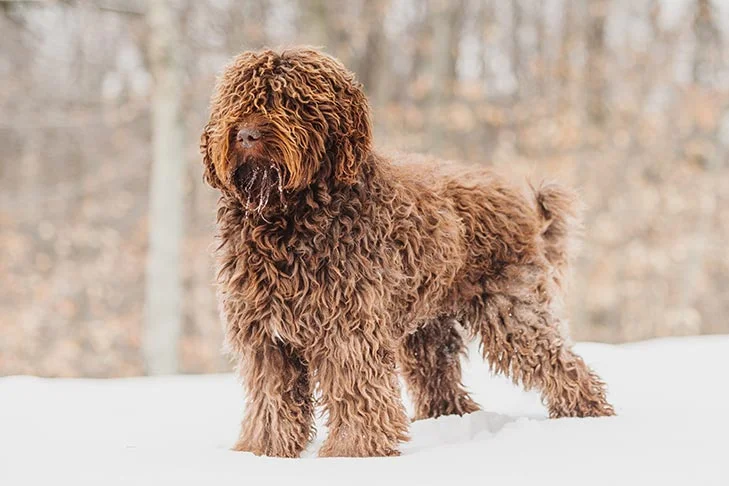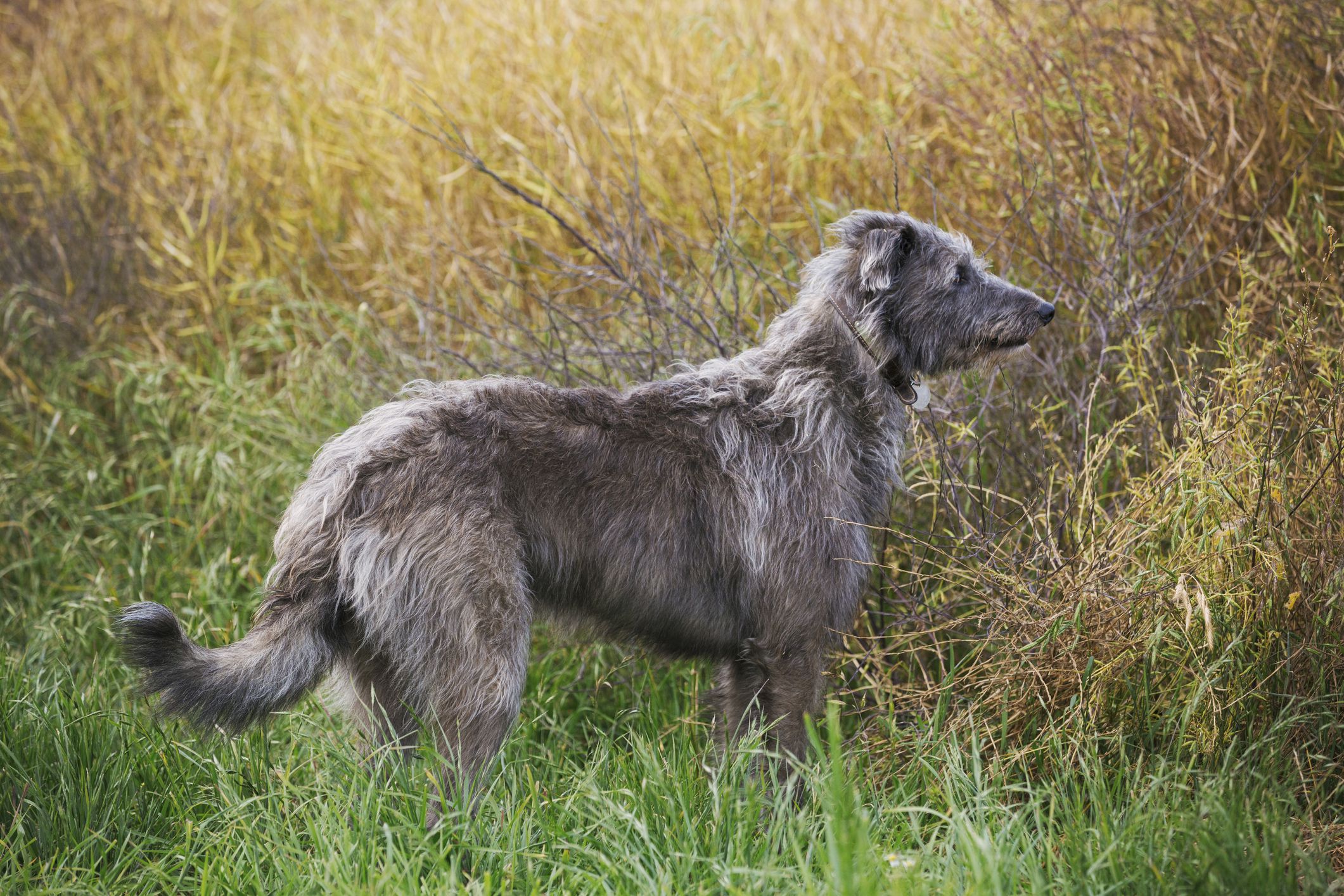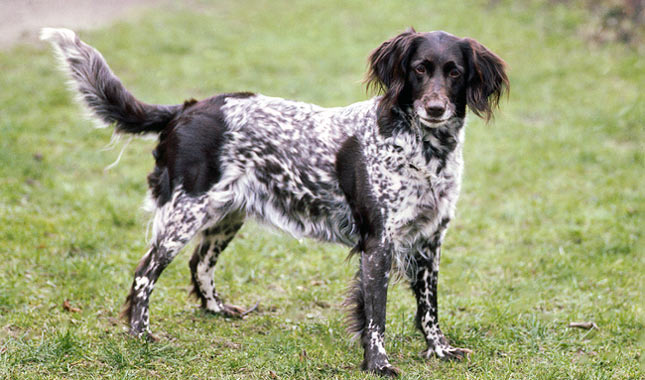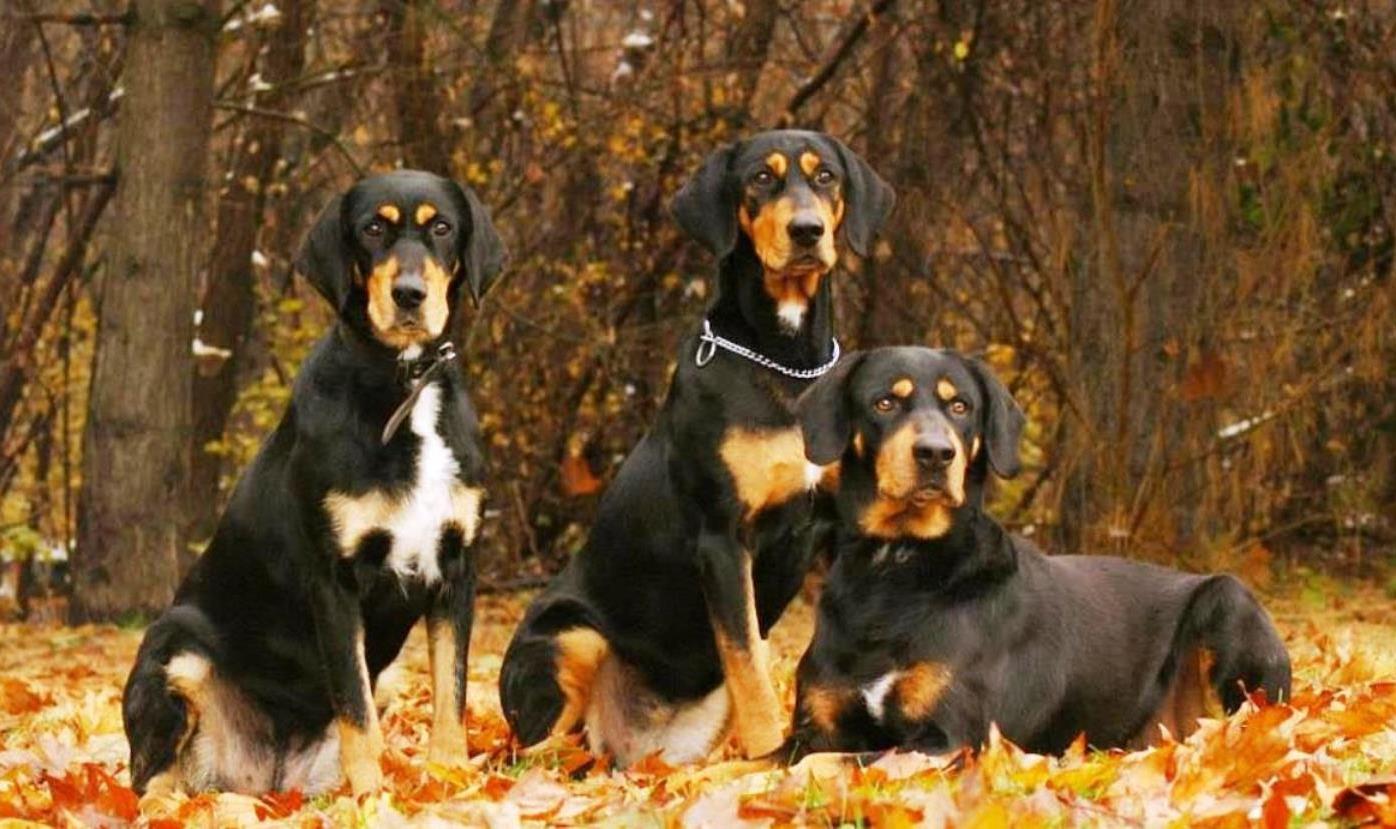Introduction
The Barbet is a breed of dog that originated in France and is known for its curly, woolly coat. They are a medium-sized dog that is often used for hunting, as well as a companion pet. Barbet dogs are intelligent, friendly, and loyal, and they require regular exercise and grooming to keep their coat healthy. They are an excellent choice for families who are looking for a fun and active dog that is also affectionate and easy to train.
Temperament
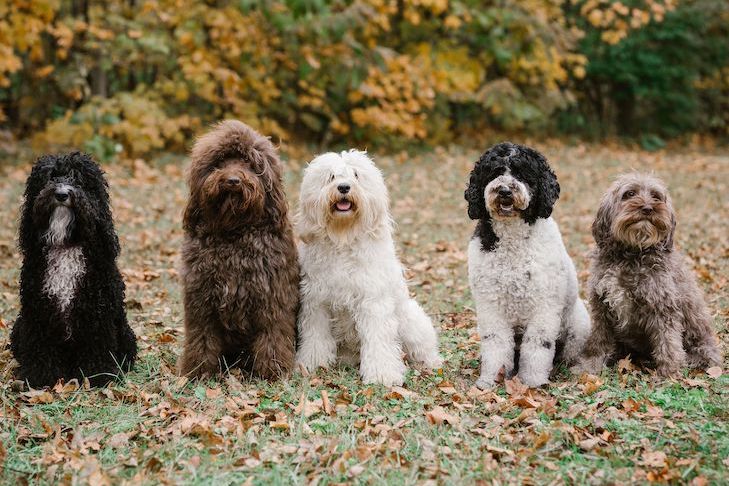
The Barbet breed is known for its friendly, intelligent, and social personality. They are outgoing dogs who love to be around people and make excellent family pets. They are also highly trainable and enjoy participating in activities such as obedience and agility training. The Barbet is a loyal and affectionate companion who thrives on attention and physical contact from their owners.
Aggression in Barbet
Aggressive behavior in Barbets can be caused by fear, lack of socialization, territorial behavior, and genetics. Early intervention by a professional dog trainer or behaviorist is important to manage and potentially modify the behavior.
Health and Lifespan of Barbet
The reported lifespan range of the Barbet breed is typically between 12 to 15 years. However, this can vary depending on various factors such as the dog’s genetics, diet, exercise, and overall health. It’s important to provide proper care and regular veterinary check-ups to ensure a happy and healthy life for your Barbet.
Food

Choosing the best food for your Barbet is important for their overall health and well-being. High-quality dog foods that contain a balance of protein, carbohydrates, and essential nutrients are recommended. Look for foods that list meat as the first ingredient and avoid those that contain fillers, artificial colors, or preservatives.
Barbets can thrive on both dry kibble and wet food, so choosing between the two is a matter of personal preference. It’s important to also consider your Barbet’s age, activity level, and any specific dietary needs they may have.
Training for Barbet
Training your Barbet is an important part of their development and can help establish a strong bond between you and your pet. Here are some tips for training your Barbet:
- Start early: Begin training your Barbet as soon as possible, ideally during puppyhood. This will help establish good habits and prevent bad ones from forming.
- Use positive reinforcement: Reward your Barbet for good behavior with treats, praise, or playtime. Positive reinforcement is more effective than punishment and helps to build a strong bond between you and your pet.
- Be consistent: Consistency is key when it comes to training your Barbet. Use the same commands and rewards each time to avoid confusion.
- Keep training sessions short: Short, frequent training sessions are more effective than long, infrequent ones. Keep sessions to 10-15 minutes and end on a positive note.
- Socialize your Barbet: Socialization is important for Barbets to learn how to interact with people and other dogs. Expose your Barbet to different people, animals, and environments to help them become well-adjusted and confident.
- Consider professional training: If you are having trouble with training your Barbet, consider hiring a professional dog trainer or attending obedience classes. They can provide additional guidance and support to help your Barbet reach their full potential.
Conclusion
In conclusion, the Barbet is a friendly and sociable breed that makes a great companion for families and individuals. They require regular exercise and grooming, and benefit from early training and socialization. Choosing high-quality food and regular veterinary check-ups are important for their overall health and well-being. With proper care and attention, the Barbet can be a loving and loyal addition to any home.
